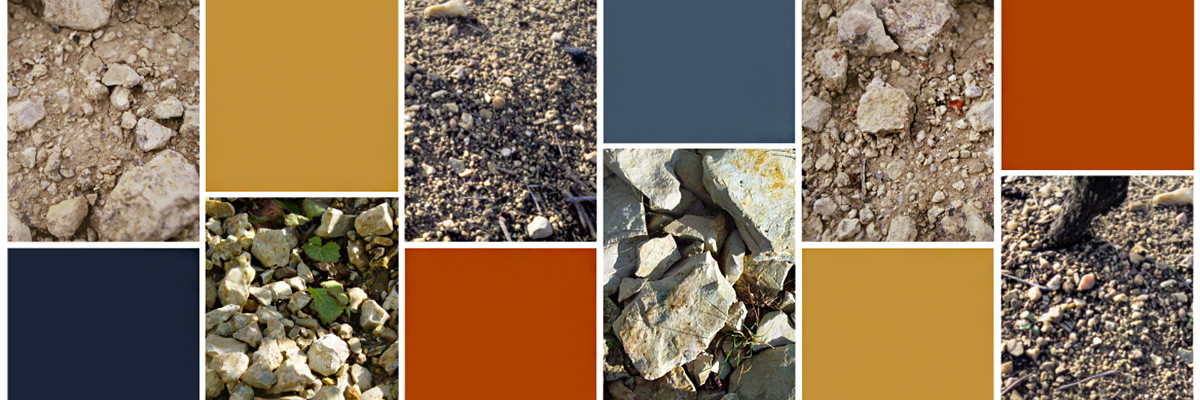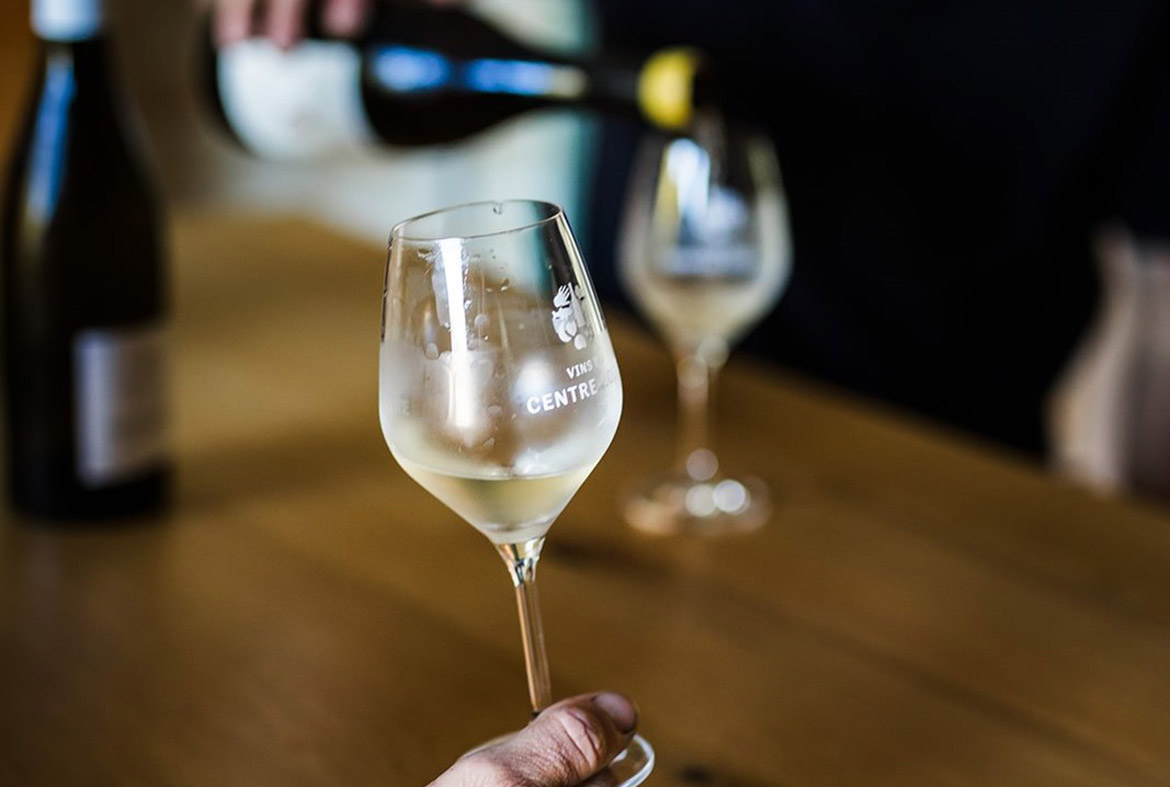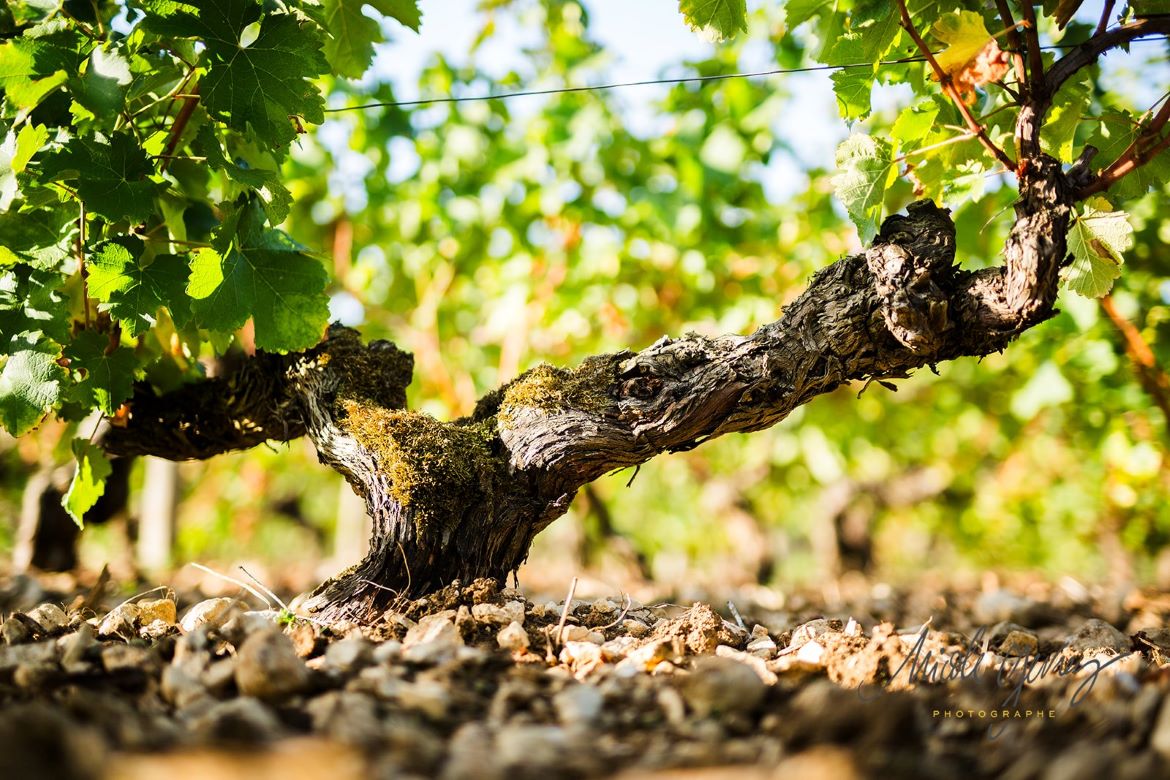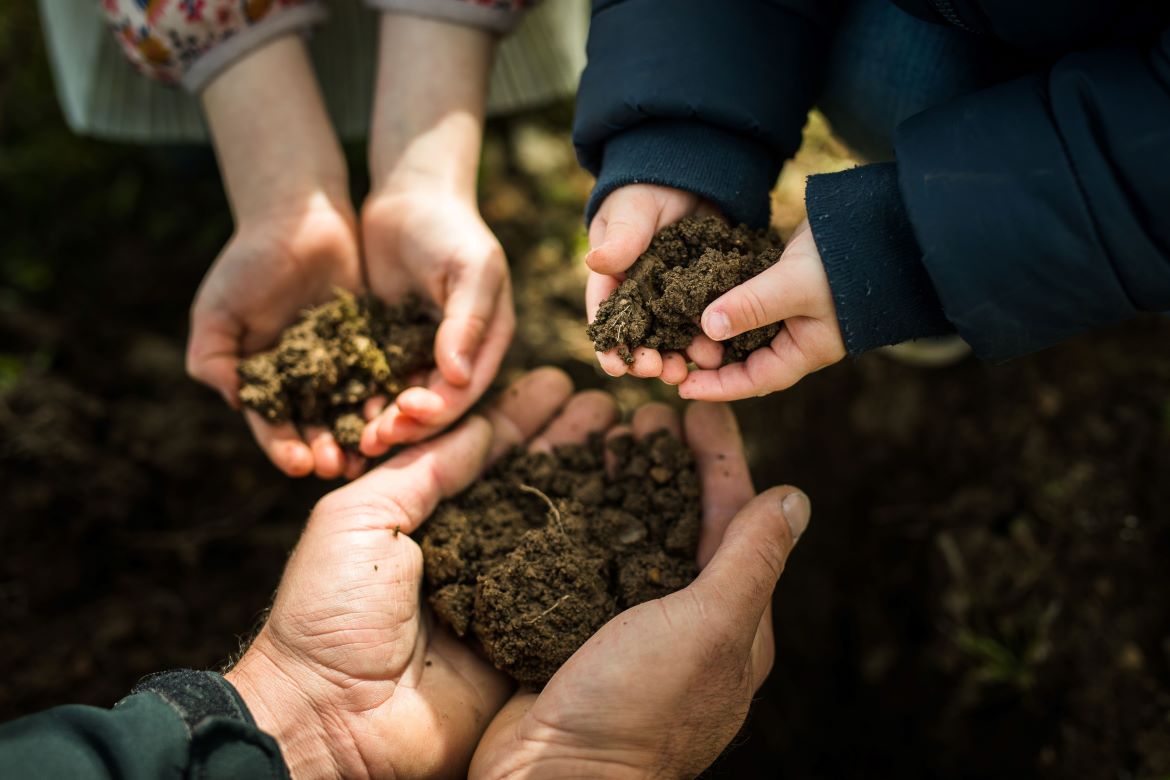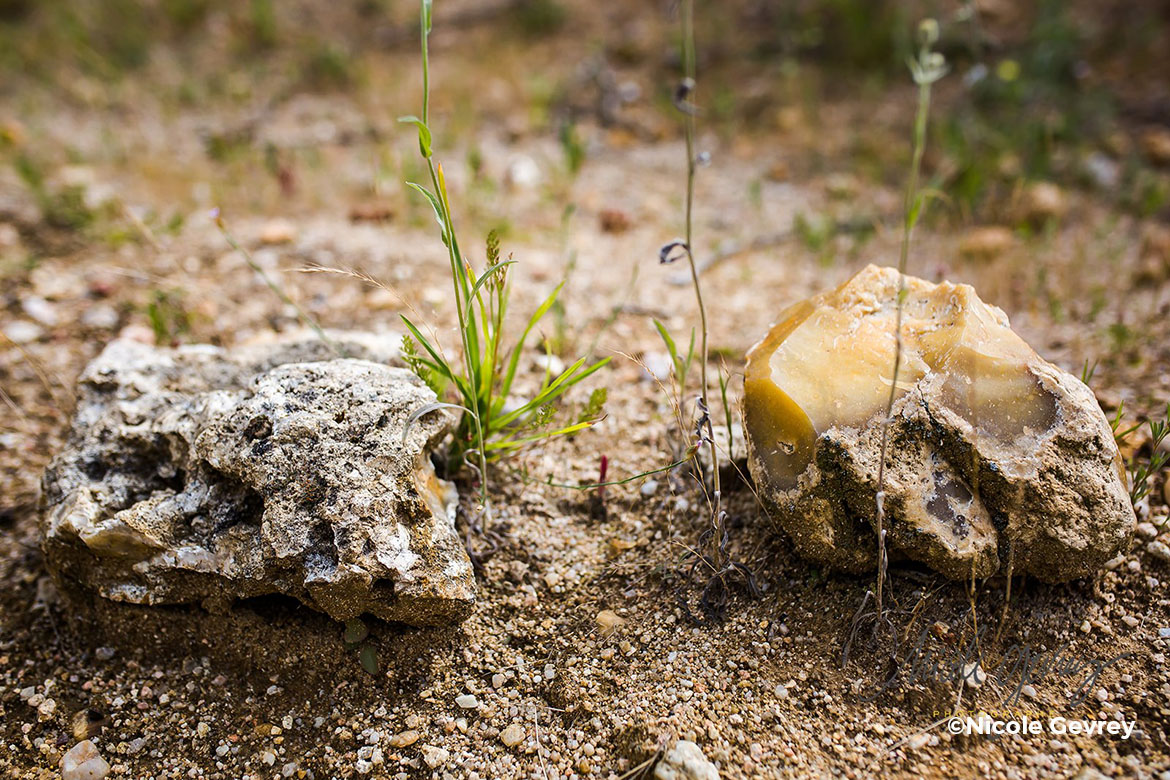Terroirs
The vineyards of the Centre-Loire are located on plateaus and hillsides dating from the secondary era (mainly) and the tertiary era. Abandoned 70 million years ago by the sea, their soils today consist of a wide variety of limestone and clay sediments on which the winegrowers have chosen to plant a limited number of quality grape varieties.
Although the Centre-Loire Region is very geologically diverse, the main soil types can be narrowed down to four, primarily Kimmeridgian, Portlandian, Oxfordian and Albian.
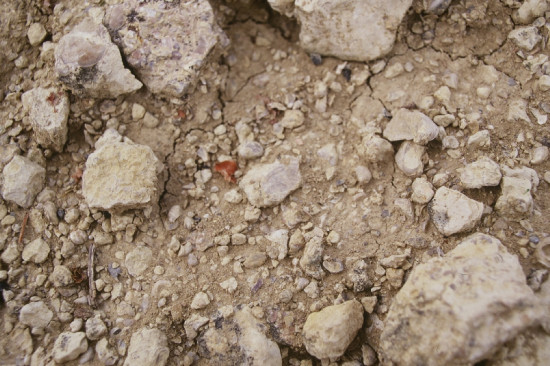
CALCAREOUS CLAY MARL
This calcareous sedimentary rock comes from the sea and is rich in fossilized oysters. It forms the bedrock of the Centre-Loire’s wine regions.
Locally, this soil is also known as “white earth” (terres blanches).
LIMESTONE
This calcareous soil can be referred to as caillottes, or as griottes where the stones are smaller.
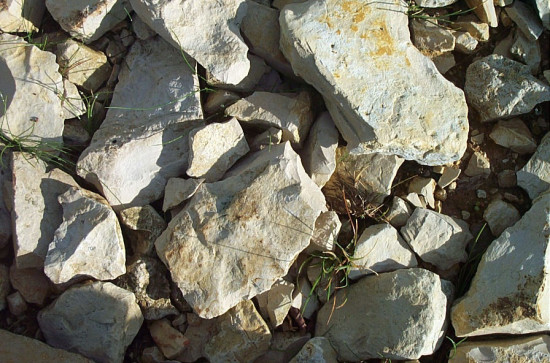
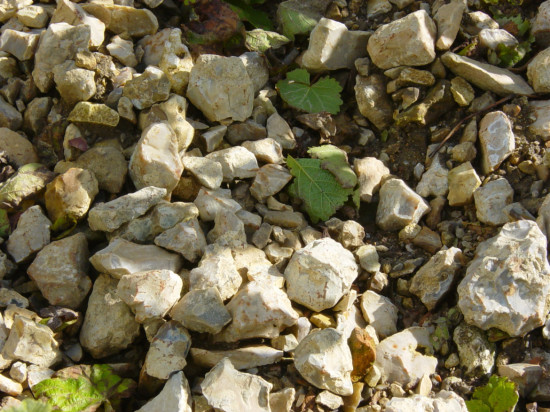
FLINT CLAY
Sauvignon blanc loves this soil, heated at the surface by the flint from which it often derive its mineral expressions. This soil is also called chailloux in Centre-Loire vineyards.
GRAVEL AND SAND
This soil appears in the form of alluvia (sediment deposited by waterways) on the banks of the Loire, the Cher and the Arnon, and is particularly common in the Quincy wine region. .
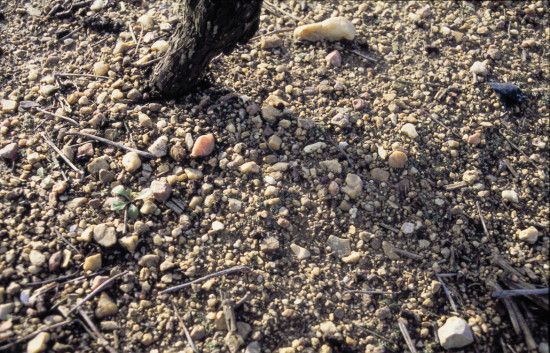
CLIMATE IN CENTRE-LOIRE REGION
The climate here is temperate with continental features and widely varying temperatures, ranging from -1°C in winter to +26°C in summer. Annual rainfall ranges from 600 to 800 mm, although it can vary greatly between the different appellations, leading to different ripening phases.
In highly diverse natural regions, from Champagne in the Berry to the Val de Loire, by way of southern Boischaut and the Pays Fort, the grapevines inhabit hillsides and plateaus shaped by the Loire and the Cher, at altitudes of 100 to 380 metres. The undulating topography and the different exposures that they create, produce a multitude of micro-climates giving rise to a great diversity in wine expressiveness, even within the same appellation.


